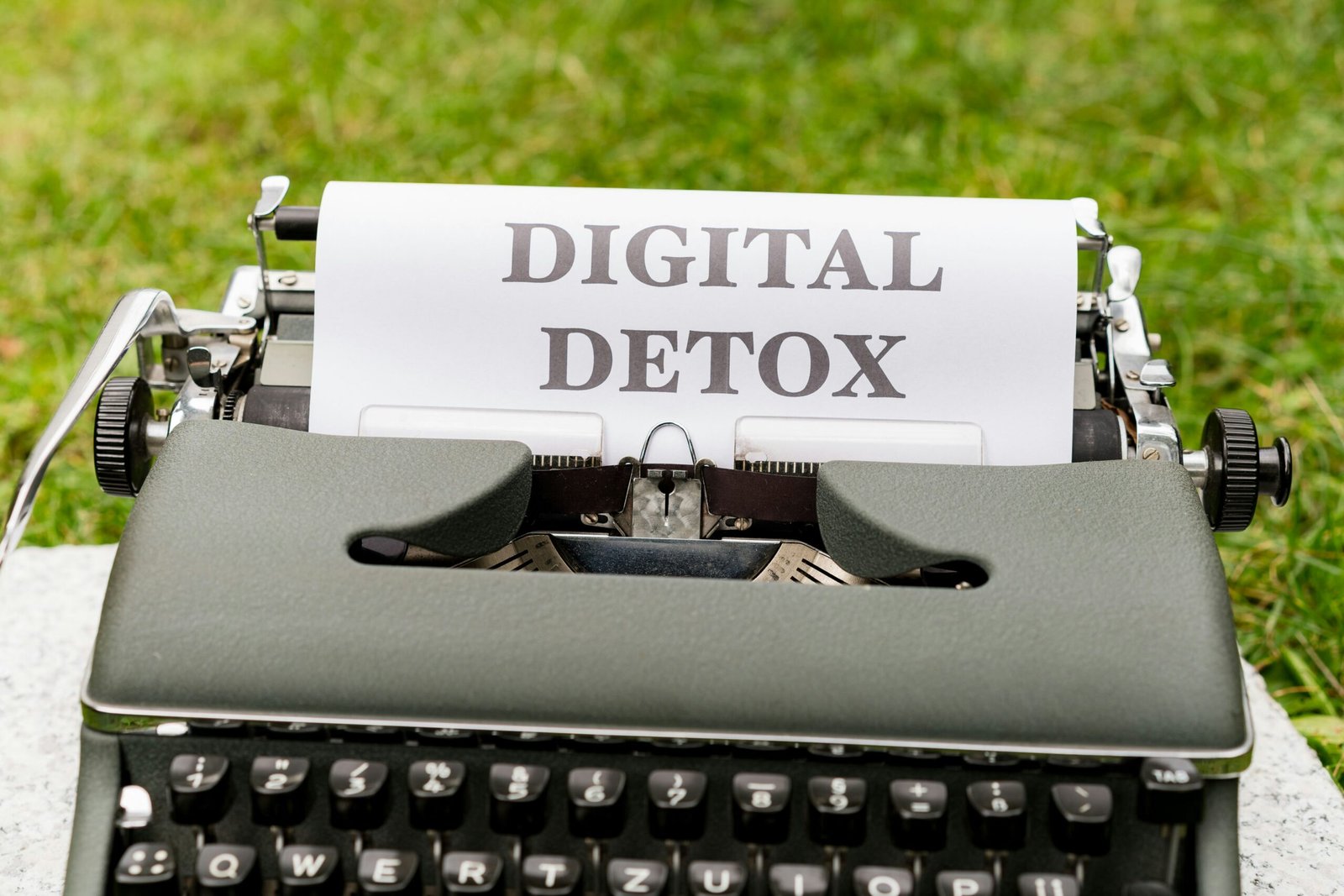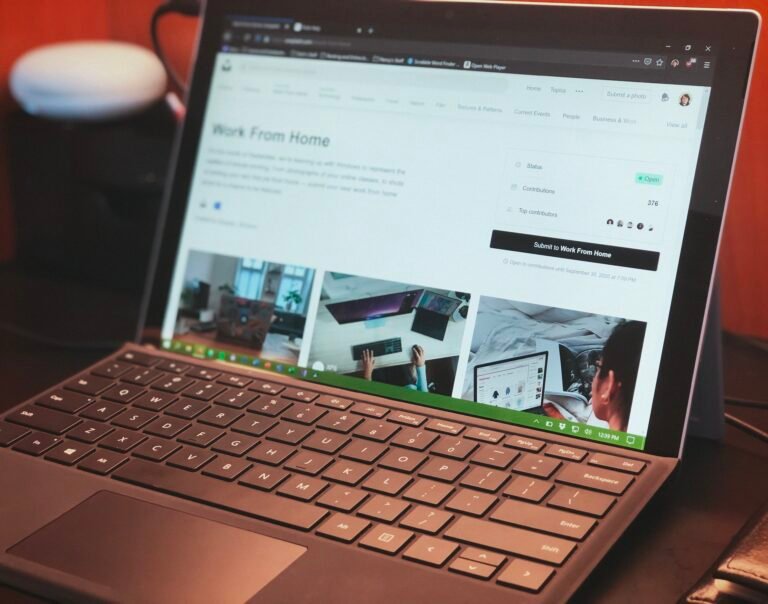Digital Detox Plan for Teens: Overcoming Digital Fatigue

Understanding Digital Fatigue in Teens
In recent years, the phenomenon of digital fatigue has garnered increasing attention, particularly among American teenagers. As of 2025, approximately 72% of teens report experiencing sleep disturbances, heightened stress levels, and other issues attributed to excessive screen time. This trend illustrates a growing concern about the detrimental effects of prolonged engagement with digital devices, which can have profound impacts on both neurological and emotional well-being.
Research indicates that extended exposure to screens, particularly through social media, online gaming, and virtual learning, contributes to significant psychological stress. Neurobiologically, excessive screen time can disrupt the regulation of dopamine, a neurotransmitter closely linked to pleasure and motivation. Teens may find themselves in a cycle of dependency on digital platforms, seeking instant gratification that ultimately leads to fatigue and emotional exhaustion.
The implications of this digital overload extend beyond mere discomfort. Studies have shown a direct correlation between high screen time and the onset or exacerbation of mental health issues such as anxiety and depression among adolescents. For instance, the constant comparison fostered by social media platforms can lead to feelings of inadequacy, provoking feelings of isolation and distress. Moreover, competition in online gaming can further amplify stress levels, as teens immerse themselves in environments designed for constant engagement.
Ultimately, the consequences of digital fatigue are particularly concerning, as they can significantly interfere with a teenager’s daily life, academic performance, and interpersonal relationships. As society continues to navigate the balance between digital engagement and offline interactions, understanding the scope of digital fatigue remains crucial for promoting healthier habits among the youth. Addressing this issue will require a collective effort from parents, educators, and mental health professionals to facilitate a digital detox revolution, empowering teens to reclaim their time and mental health.
The Impact of Screen Time on Mental Health
Recent studies in neuropsychology have illustrated the concerning relationship between excessive screen time and mental health issues, particularly among adolescents. The prevalence of smartphones and social media platforms has resulted in an environment where constant connectivity often translates into increased anxiety and stress. Research indicates that prolonged exposure to screens, especially through social media and gaming, can significantly contribute to feelings of inadequacy, isolation, and distress among teens.
One of the primary symptoms of screen time anxiety is sleep disruption, which is closely linked to the blue light emitted by screens. A lack of quality sleep can lead to a host of problems, including mood swings, decreased cognitive function, and heightened irritability. Furthermore, teens may experience a decline in academic performance as a result of their inability to focus, often exacerbated by multitasking across devices. This reduced ability to concentrate can severely hinder their scholarly engagement and overall educational outcomes.
Social interactions are also adversely affected by excessive screen time. Teens may rely heavily on digital communication, ultimately compromising their ability to form meaningful in-person relationships. This shift can lead to feelings of loneliness, as virtual connections cannot replace the emotional and social benefits of face-to-face interactions. As a result, many adolescents find themselves trapped in a cycle of seeking validation through online platforms while grappling with an overwhelming sense of emptiness.
In response to this growing concern, several schools have started implementing successful interventions to curb anxiety associated with digital device usage. These initiatives, which often incorporate education on healthy technology habits and mindfulness practices, have shown promising results, with some programs reporting a reduction in anxiety levels among students by as much as 40%. Such findings indicate a significant opportunity for educational institutions to support mental well-being through proactive measures related to screen time management.
A Comprehensive 7-Day Digital Detox Plan
The journey toward a balanced and fulfilling life often starts with a structured approach, particularly for teenagers facing the challenges of digital fatigue. This 7-day digital detox plan is specifically designed to guide teens in reducing their screen time while simultaneously fostering mindfulness and encouraging meaningful offline activities.
Day 1: Awareness and Reflection
Begin the detox with a family meeting to discuss digital habits. Engage in an open dialogue where teens can express their feelings about their screen time usage. Encourage them to reflect on how it impacts their daily life. Provide a journal for them to articulate their thoughts and feelings, which promotes mindfulness.
Day 2: Setting Goals
On the second day, work collaboratively to set achievable goals. Focus on reducing screen time by half. Implement a daily schedule that allocates specific hours for technology use. Additionally, integrate an hour of reading or drawing, helping them explore personal interests outside of digital devices.
Day 3: Outdoor Activities
Encourage physical activity by planning a family outing. Whether it’s hiking, biking, or simply visiting a park, being outdoors can significantly enhance mental well-being. Emphasize the importance of exercise in combating the negative effects of excessive screen time.
Day 4: Mindfulness and Relaxation
Introduce mindfulness practices such as yoga or meditation. Dedicate the day to understanding relaxation techniques that do not involve screens. Host a family session that emphasizes breathing exercises and mindfulness, focusing on the benefits of being present and engaged without distractions.
Day 5: Engaging Hobbies
Reignite passions by exploring hobbies that have been neglected. Provide a variety of options such as painting, crafting, or playing a musical instrument. Encourage teens to spend a few hours immersed in these activities, celebrating creativity and the joy of creating something with their hands.
Day 6: Social Connections
Highlight the importance of face-to-face interactions. Plan a family game night or invite friends over for a picnic. This reinforces real-life connections, showcasing that social interactions can occur without the mediation of screens.
Day 7: Reflection and Evaluation
Conclude the detox with a reflection session. Discuss what was learned during the week and how the reduced screen time affected emotions and relationships. Encourage teens to continue many of these activities post-detox, reinforcing the importance of maintaining a healthy balance in their digital lives.
This comprehensive plan aims to not only alleviate digital fatigue but also promote a holistic approach to mental wellness. Throughout the process, open communication between parents and teens is crucial, facilitating discussions about feelings and experiences during the detox. Regular check-ins can ensure that both parties feel supported during this important transition.
Program Outcomes and Success Stories
The emergence of digital fatigue among teenagers has prompted schools to implement various intervention programs aimed at mitigating its negative effects. These initiatives have demonstrated remarkable outcomes, leading to not only reduced anxiety levels but also improved overall well-being among students. For instance, a recent study conducted across several high schools found that 72% of students who participated in a digital detox program reported a notable decrease in feelings of anxiety and stress. The utilization of structured activities that replace screen time, such as mindfulness exercises and outdoor team sports, has played an instrumental role in this positive shift.
Anecdotal evidence further illustrates the transformative impact of these programs. Take Jane, a 16-year-old whose daily routine consisted of several hours spent on social media. After engaging in a school-led digital detox initiative, she stated, “I didn’t realize how much my screen time was affecting my mood until I took a break. Now, I feel more connected to my friends in real life and less anxious overall.” Stories like Jane’s are echoed among many participants, suggesting that a well-structured digital detox can significantly enhance a teen’s mental health.
Additionally, statistical analyses indicate a trend towards improved focus and academic performance correlate directly with reduced screen time. Schools that incorporated sessions on managing technology usage reported an increase in student engagement, with an impressive improvement of 30% in classroom participation. These outcomes suggest that instilling healthier technology habits not only combats digital fatigue but also fosters a more conducive learning environment.
As schools continue to grapple with the pervasive influence of technology, future initiatives should encompass not only digital detox programs but also equip parents with strategies to encourage balanced tech use at home. By extending support beyond the classroom, we can ensure that teenagers navigate the digital landscape in a way that promotes mental health and emotional resilience.





